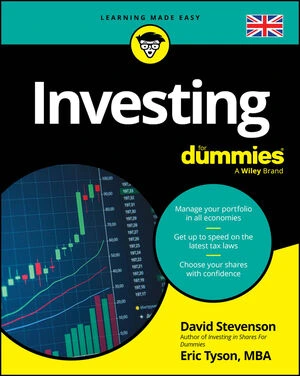In a bull ratio spread, you're buying two call options and one put option. If your predictions are right, your biggest gain will come from the two bullish legs, the two calls. If you're wrong, the put just might save your bacon. The table shows a typical bull ratio spread.
| The Legs | Strike Price | Cost/Price | Expiration |
|---|---|---|---|
| Long call 1 | $50 | Pay $100 | Dec. 15, 2017 |
| Long call 2 | $50 | Pay $100 | Dec. 15, 2017 |
| Long put | $40 | Pay $100 | Dec. 15, 2017 |
| Total cost: $300 |
You're buying three options, so this is obviously a net debit combination. The bias or outlook is definitely bullish with the two calls, and the put is the hedge in case you're wrong. If all the options have the same expiration date, you have a vertical spread. If there are different expiration dates, you have a diagonal spread, also called a calendar spread. (And if the underlying asset is a dairy product, the combination may be called a "cheese spread.")
Say you're bullish on Rocket to the Moon Inc. (RMI), which is at $45 per share. However, you know market volatility could send RMI's stock price quickly downward without much notice.






